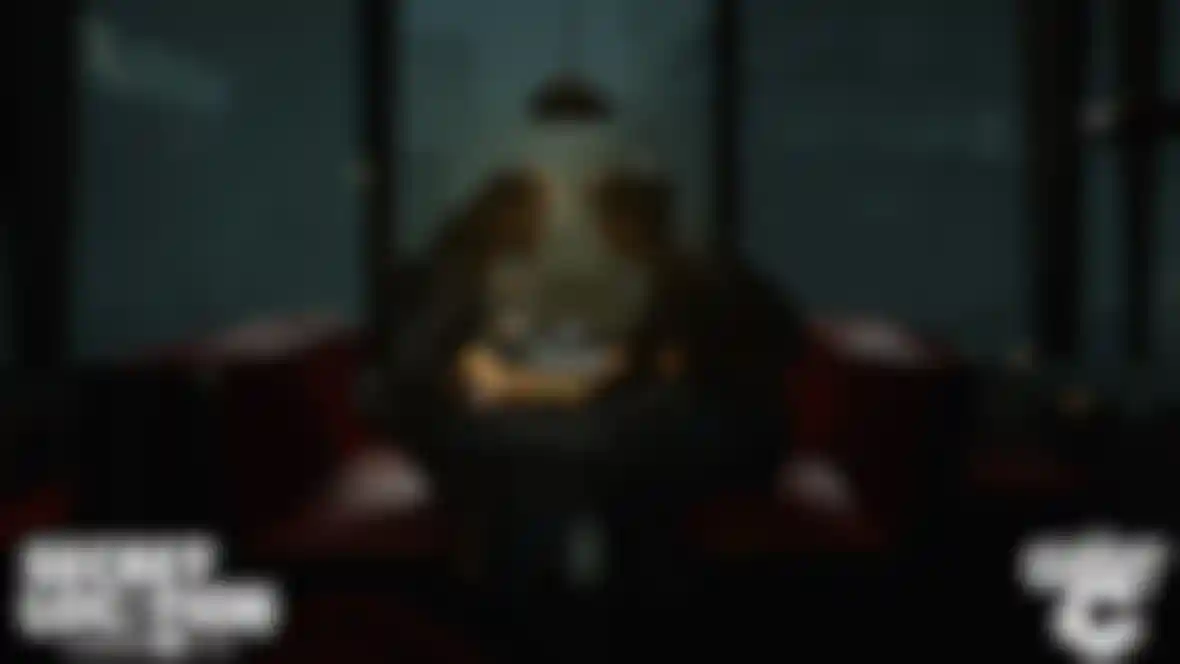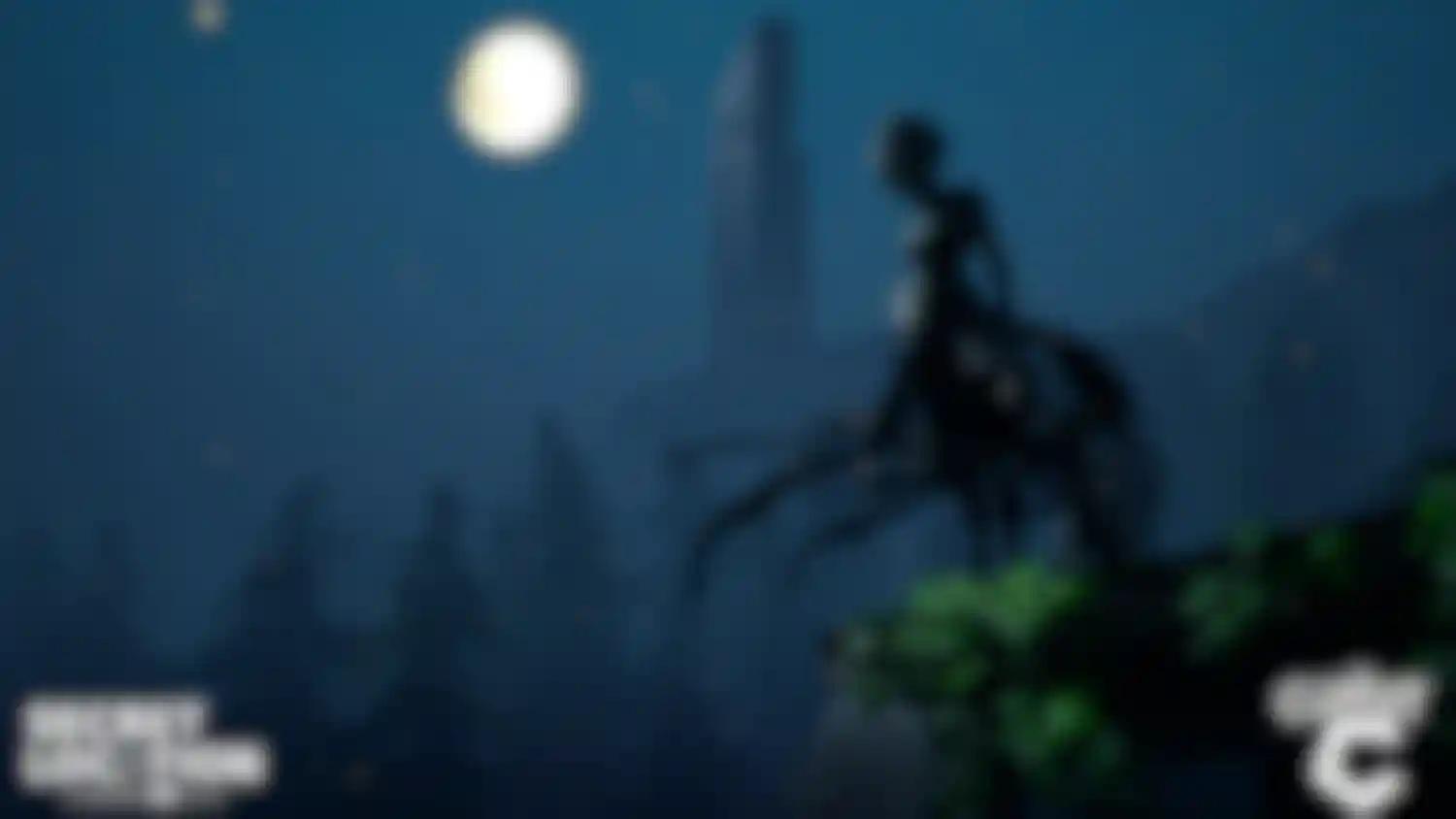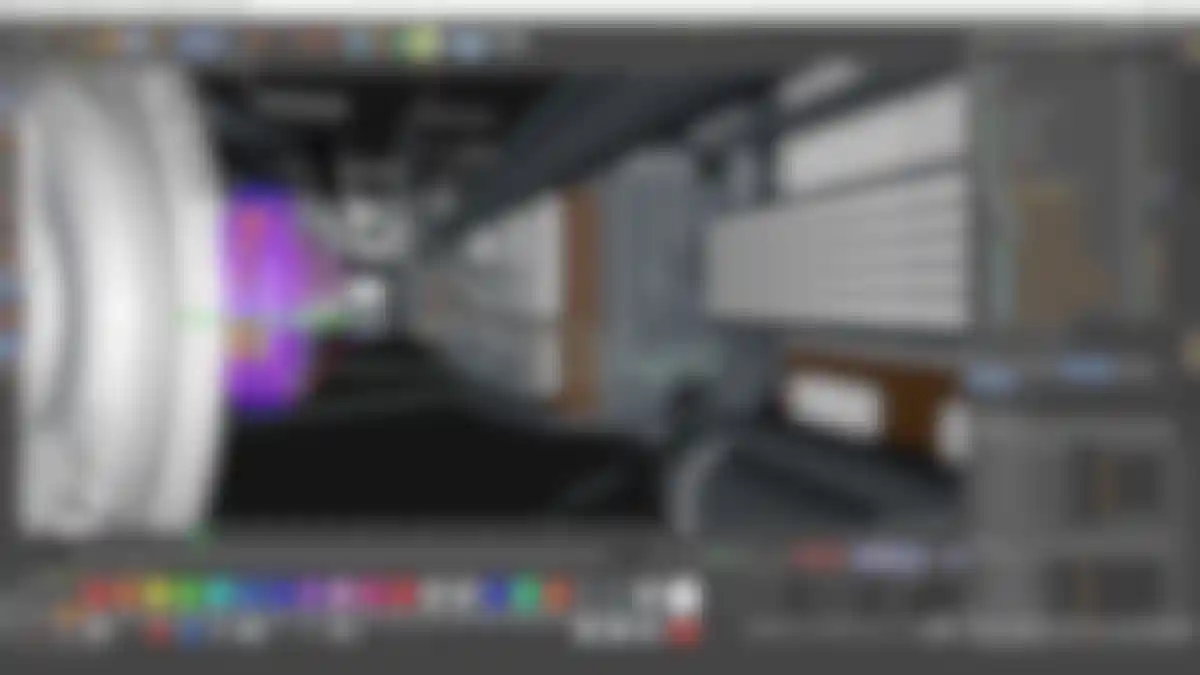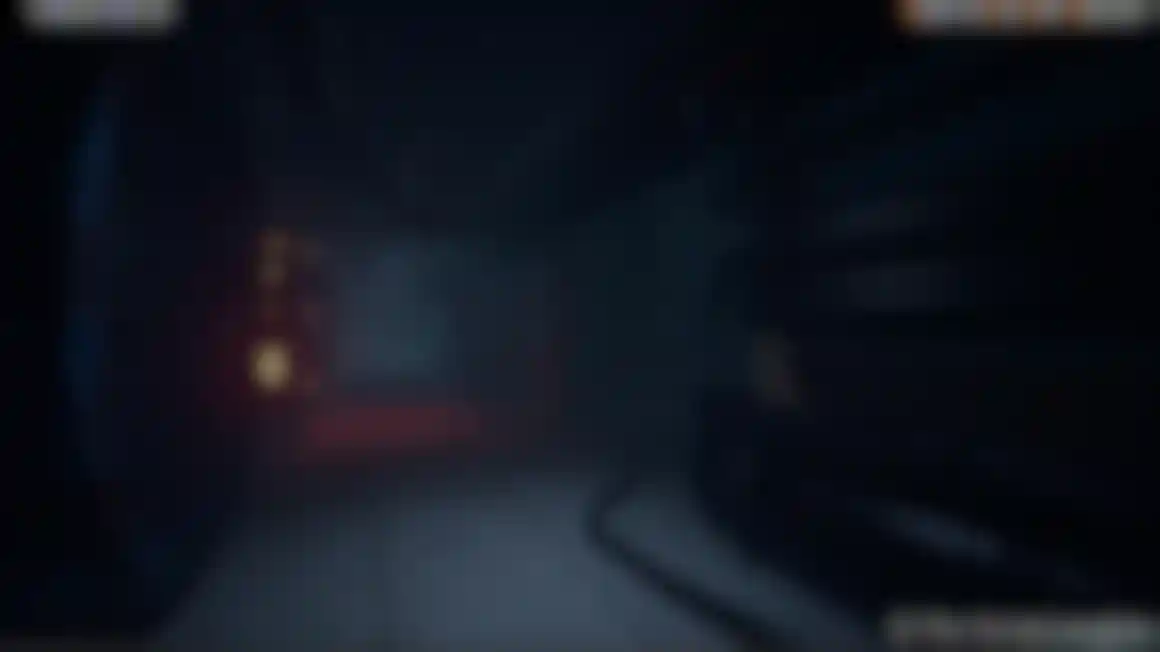
The Great C: Post-Apocalyptic VR Short Film Secret Location uses the Unreal Engine and Cinema 4D to recreate a Sci-Fi classic in VR.
Thanks to the availability of affordable VR headsets like the Oculus Go, anybody can dive into the world of VR without the need for additional hardware. Nevertheless, only a handful of VR experiences take full advantage of the possibilities VR has to offer. To help fill this niche, the virtual reality studio Secret Location, which was founded in 2008, has specialized in combining state-of-the-art VR technology with traditional storytelling. Just how good they are at this was demonstrated in 2015 with their production, Sleepy Hollow - the world's first ever VR experience that was awarded a Primetime Emmy Award!
With their VR short film "The Great C", Secret Location has the ambitious target of pushing the storytelling possibilities of VR to the limit, challenging the status quo and offering a movie-worthy VR experience. Work on the project lasted for about one year, at the beginning of which the team was planning a much more interactive, game-like realization in which a character could be controlled. As development went on, it turned out that a cinematic presentation would be better suited for the story-driven experience. The idea was born to create a short film that combines the possibilities of VR technology with traditional film production.
You can watch the first five minutes of "The Great C" as a 360-degree video below:
Reimagining a Sci-Fi Classic in VR
The Great C is based on the short story of the same name by Philipp K. Dick: The VR film takes place in a post-apocalyptic future in which mankind has almost completely been eradicated. The last remaining humans on the planet live a primitive life in small tribes and are ruled by an all-mighty supercomputer named The Great C. Each year, the computer forces the tribe to select a male from its ranks and send him on a fateful journey to appease The Great C.
To make the story more exciting for the VR adaption and more interesting for a broader range of viewers, various changes were necessary: Since the original novel is rather short and only includes a limited number of characters, the team at Secret Location decided to add new characters and with them additional plot elements. The most important of these new characters is Grey, a cyborg and servant of The Great C who follows the main character Tim on his journey and forces him into dangerous situations. Tim is accompanied by his fiancé Claire and together they have numerous encounters with Grey. The addition of Claire is also used to create a love story in the film. „When adapting the novel to VR it was important for us to make the story more dramatic and also longer" explains Luke van Osch, Producer of The Great C.


Since VR is still a relatively new medium, the team didn't have too many references for cinematic VR experiences from which to draw. "The basic methodology we used, was to look at films for inspiration, use our instincts for how that cinematic language could be translated to VR, then we tested our theories over and over again to find what actually worked", says Andre Otley, Senior 3D Artist at Secret Location.
To do this, the environment artists first created several environments in Cinema 4D and imported them into the Unreal Engine. The look and feel of individual scenes were then tested using a series of test viewers who were not involved in the project. Among other things, this also proved that the camera movements were less of an issue for the viewers than expected. This meant that the team was able to use cinematic elements such as a camera that rotates around the main character.
A particular challenge was steering the viewer's attention and viewing direction in VR in a natural way so they didn't miss any of the story elements. In order to give the viewer a visual orientation within the scene, Secret Location focused on camera movement, made sure that the action always took place at a 180° angle to the camera and avoided axis jumps for cuts. For some shots they also used a slight depth of field or fog to divert the viewer's attention from the background. All of this made it possible to tighten up the story with the help of cuts, without confusing the viewer.
Cinema 4D Hand-in-Hand with the Unreal Engine
The 3D pipeline for the project included Cinema 4D, Modo and the Unreal Engine. Custom assets such as demolished buildings or the location for the final scene were created entirely in Cinema 4D while other assets were created in Modo. Prior to exporting to the Unreal Engine, the artists imported most of the Modo assets into Cinema 4D in order to be able to reduce their complexity using the Polygon Reduction tool introduced in Cinema 4D R19.
„This became really essential later in the project when everything was already UVed and Optimization became a priority. We could preserve UVs and overall shapes, while reducing polycounts and then bring them back into Unreal and not have the models look radically different", says Andre Otley.


Cinema 4D's excellent user-friendliness, multi-faceted MoGraph tools and procedural Voronoi Fracturing feature made it ideal for creating various environments: The MoGraph feature, in particular the MoGraph Cloner, was used to distribute buildings and other landscape assets throughout the scenes, which were then shattered using the Voronoi Fracture object to create the post-apocalyptic look. The team at Secret Location also used the Voronoi Fracturing feature to create the animation of the Logos for "The Great C".
"Additional challenges included simply delivering the volume of content required to tell a compelling story, and working within a diverse software toolset to empower artists to do their best work the fastest it could be done," Andre explains.
The multifaceted role that Cinema 4D played in the production process was also evident even after work on most assets and environments had been completed, as Andre explains: „Near the end of the project there was a shot where one of our characters pushes aside some dangling wire. The character animation team in Maya were having difficulties getting it to look right in the time-frame, and the Art team had a chance at tackling it since most of the environments and props were complete by that point. I knew it would be easy to do with some Splines and a hair dynamics tag inside Cinema, but I also knew that the animation needed to be joint-based to get inside Unreal. Lo and Behold - there's a 'Spline to Joints' function inside the character tools! Took no time at all to get a version of it working, tweaked and into the engine. It was a really great moment to feel like Cinema 4D had my back in making the content I needed to make. "
The Great C is available on Steam, in the Oculus Rift store and Viveportas well as a version for Samsung Gear VR, Oculus Go and Google Daydream.
Secret Location Website
https://secretlocation.com








